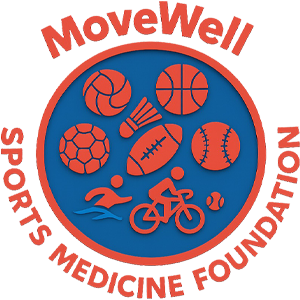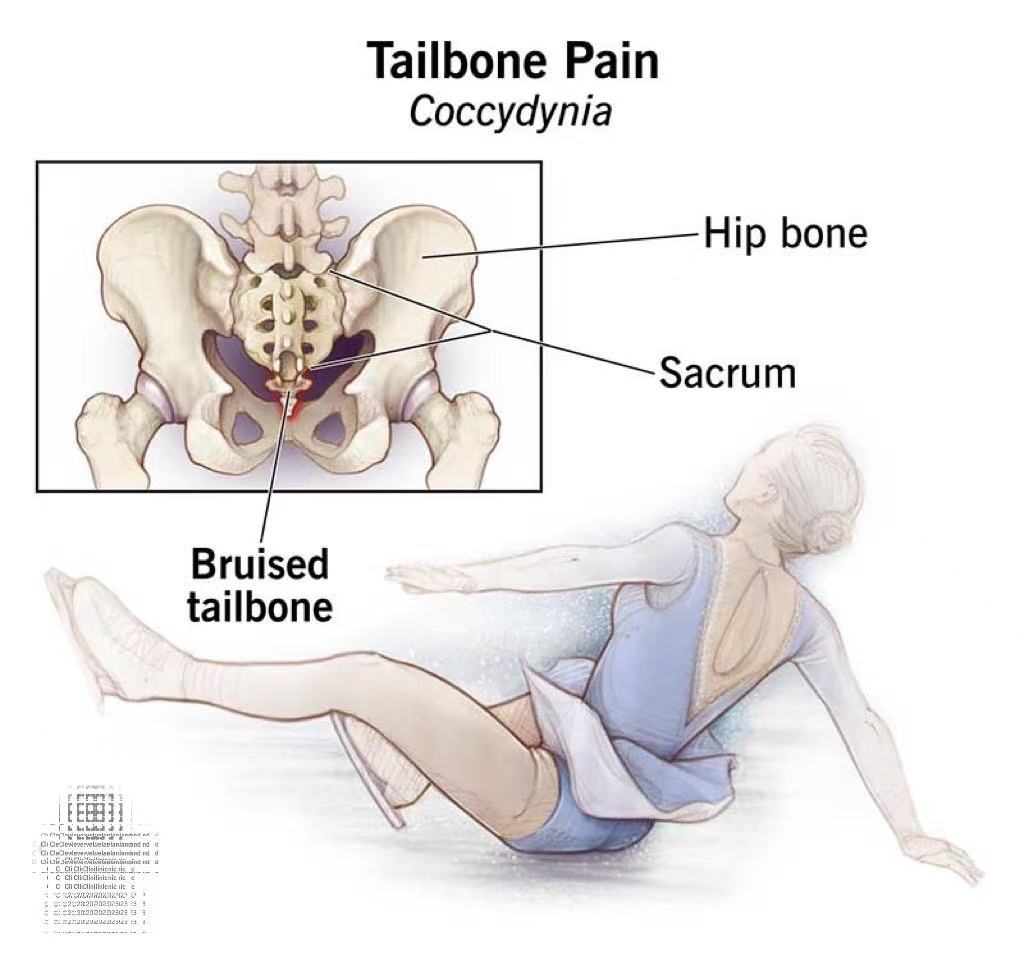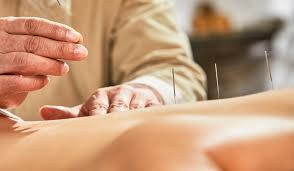Recurrent shoulder dislocations are a common problem among young athletes, particularly in contact sports like rugby, football, and hockey. When conservative treatments fail, the Latarjet procedure has become a gold-standard surgical solution, especially for cases with significant bone loss. This essay explores the technique, outcomes, and rehabilitation considerations for athletes undergoing this procedure.
Surgical Technique and Advancements
Originally developed in 1954, the Latarjet procedure involves transferring the coracoid process to the damaged glenoid rim, providing three key stabilizing effects:
* Bone block augmentation to restore glenoid surface area
* Dynamic sling effect from the repositioned conjoint tendon
* Capsular reinforcement for added stability
Modern advancements include arthroscopic approaches, which reduce tissue damage and improve recovery times. Studies show that arthroscopic Latarjet has comparable success rates to open surgery, with recurrence rates as low as 1-3% (Bessière et al., 2017). Additionally, 3D-printed guides and suture-button techniques (LUtarjet) enhance precision and reduce complications like graft malposition.
Clinical Outcomes and Return to Sport
The Latarjet procedure has demonstrated excellent long-term stability, with studies reporting 90% return-to-sport rates (Hurley et al., 2022). However, only 60% of athletes regain pre-injury performance levels, highlighting the need for tailored rehabilitation. Contact athletes, in particular, benefit from the procedure, though throwing athletes may require sport-specific strengthening.
Rehabilitation and Complications
Postoperative rehab is critical for optimal recovery. Emerging techniques like blood flow restriction (BFR) training and isokinetic strength testing help athletes regain strength safely. Common complications include graft nonunion (1-3%) and nerve injuries, though modern techniques have reduced these risks.
——————————————————————————————
The Latarjet procedure is a highly effective treatment for recurrent shoulder instability in athletes, particularly those with significant bone loss. Advances in arthroscopic techniques and 3D-guided surgery have improved precision and recovery, while structured rehabilitation enhances return-to-sport outcomes. For young athletes, this procedure offers a reliable solution to regain shoulder stability and return to competitive play.
References
Bessière, C., et al. (2017). *Arthroscopic Latarjet procedure: Outcomes at 5-year follow-up.*
Hurley, E. T., et al. (2022). Return to sport after Latarjet procedure: A systematic review.




